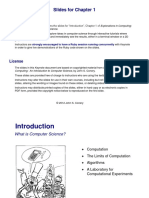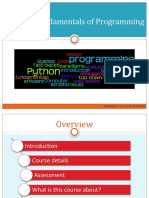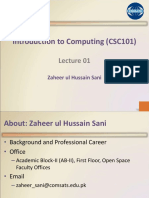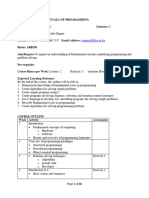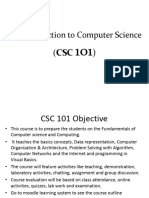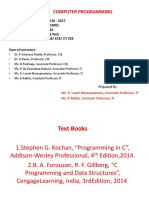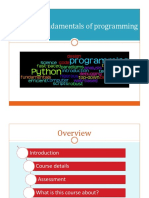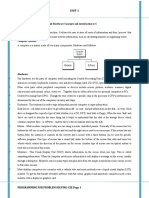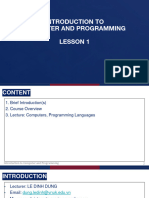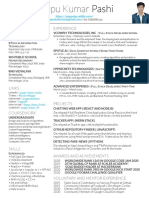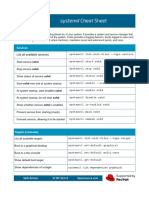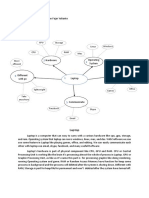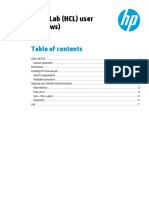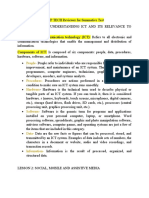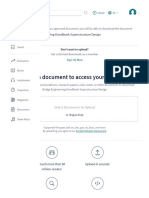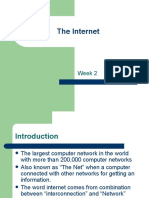0% found this document useful (0 votes)
69 views21 pagesLecture 1 Introduction
This document provides an introduction to computing systems. It discusses the layers of a computing system including information, hardware, software, programming, operating systems, networks, and applications. It also discusses some limitations of what computers can and cannot do, such as problems that involve non-quantifiable factors or an impractical number of possibilities. The document concludes with an overview of various fields in computer science.
Uploaded by
Omar RedaCopyright
© © All Rights Reserved
We take content rights seriously. If you suspect this is your content, claim it here.
Available Formats
Download as PDF, TXT or read online on Scribd
0% found this document useful (0 votes)
69 views21 pagesLecture 1 Introduction
This document provides an introduction to computing systems. It discusses the layers of a computing system including information, hardware, software, programming, operating systems, networks, and applications. It also discusses some limitations of what computers can and cannot do, such as problems that involve non-quantifiable factors or an impractical number of possibilities. The document concludes with an overview of various fields in computer science.
Uploaded by
Omar RedaCopyright
© © All Rights Reserved
We take content rights seriously. If you suspect this is your content, claim it here.
Available Formats
Download as PDF, TXT or read online on Scribd
/ 21



